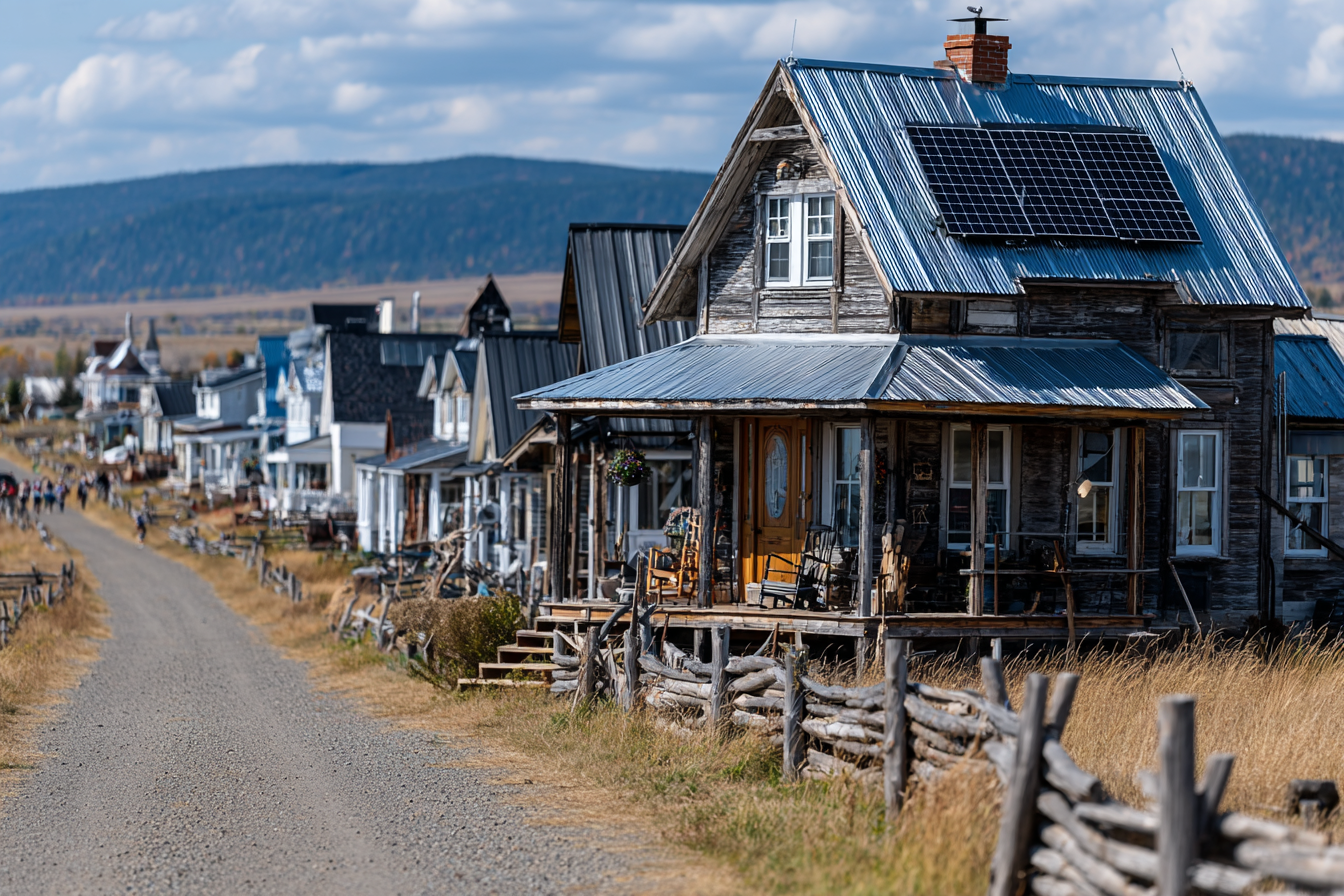Indigenous Leadership in Clean Energy: Retrofit Success Stories

Written by Solenery
1 min read
Introduction
Indigenous communities across Canada are leading powerful clean energy transformations that combine environmental stewardship, economic development, and cultural renewal.
Retrofit projects in Indigenous housing not only reduce emissions but also improve living conditions and create local jobs, embodying a holistic approach to net-zero goals.
This post highlights inspiring retrofit success stories driven by Indigenous leadership, showcasing how partnerships with organizations like the Indigenous Clean Energy Network (ICE) enable communities to build sustainable futures on their own terms.
Why Are Housing Retrofits Important for Indigenous Communities?
Indigenous households face unique challenges including older housing stock, higher energy costs, and colder climates.
Retrofits address these challenges by:
- Improving energy efficiency and reducing utility bills
- Enhancing indoor air quality and comfort
- Lowering greenhouse gas emissions
- Creating opportunities for local workforce training
Key Insight:
Retrofit projects are not just about buildings—they improve health, resilience, and local economies.
The Indigenous Clean Energy Network (ICE): A Catalyst for Change
ICE connects Indigenous communities, governments, and partners to promote renewable energy and energy efficiency projects that respect Indigenous knowledge and self-determination.
What ICE Does:
- Provides technical and financial resources for clean energy
- Facilitates capacity building and knowledge sharing
- Supports community-driven project development
- Promotes policies that enable Indigenous-led energy transitions
Why This Matters:
ICE ensures Indigenous communities lead clean energy initiatives on their own terms, honoring cultural values and sovereignty.
Case Study: The Squamish Nation Retrofit Initiative
The Squamish Nation in British Columbia partnered with ICE, local contractors, and utilities to retrofit band-owned housing with:
- Insulation upgrades
- Cold-climate heat pumps
- LED lighting and energy-efficient appliances
Success Story:
The project also offered skills training for community members, strengthening economic and environmental resilience.
How Other Communities Can Follow Suit
- Engage with ICE and similar networks early for technical and funding guidance
- Develop partnerships that respect Indigenous governance and cultural values
- Combine retrofits with workforce development programs
- Seek out federal and provincial programs tailored for Indigenous energy projects
Pro Tip:
Collaborative planning and respectful partnerships are the foundation of successful Indigenous-led retrofits.
Conclusion
Indigenous-led retrofit projects in Canada exemplify a comprehensive vision of net-zero that honors people, place, and the planet.
By supporting Indigenous leadership and collaboration, Canada’s clean energy future becomes more inclusive, just, and sustainable.